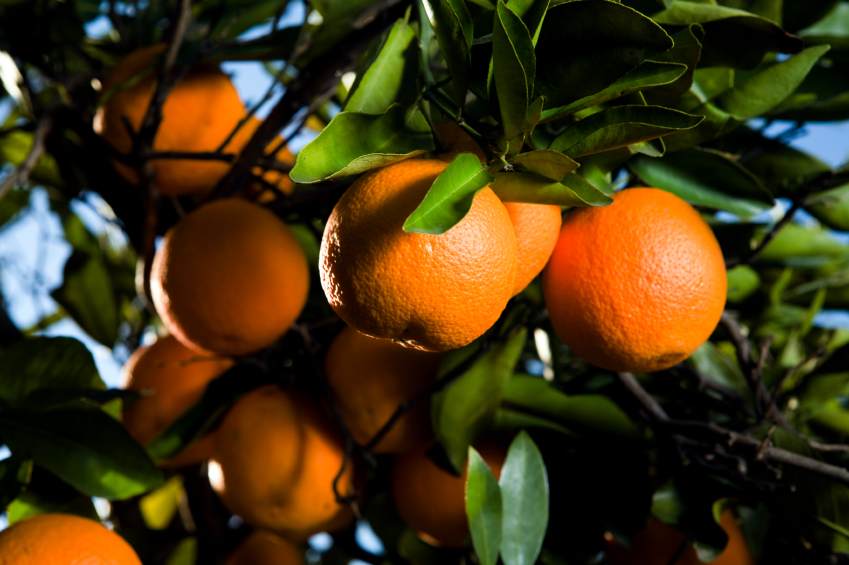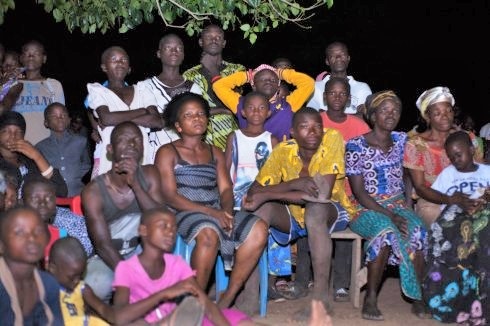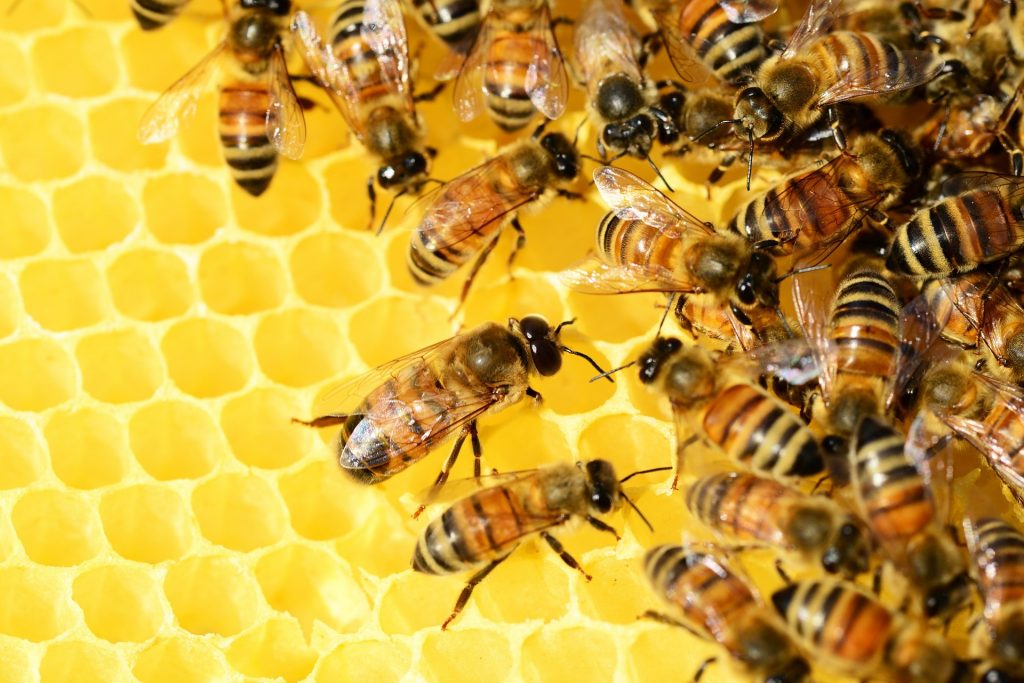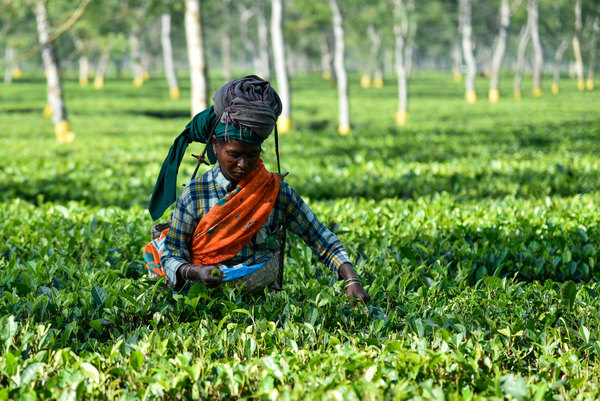The history of cultivating citrus
By L Gene Albrigo Citrus is one of the most important exported fruit crops. Large plantings in countries bordering latitudes 20 south and north and in-between provide fresh and processed citrus for the more populated northern European and American countries as well as other large populations around the world. Citrus has also been a cultivated…
Village-based film screenings prove a popular way to reach and inform farming families in Northern Ghana
Duncan Sones, from the CABI GALA communications team, reflects on the first two years of the soybean campaign in Northern Ghana. In the last two years, there have been 346 village-based film screenings of films made by CABI to show farmers how to grow soybean. Take into account the use of Facebook for a music-based…
Truly international expertise on tomato production
By Rachael Russell Ep Heuvelink’s Tomatoes is part of CABI’s Crop Production Science in Horticulture series. First published in 2005, it became an essential resource for growers, extension workers, industry personnel, and horticulture students and lecturers. Since then, our knowledge on tomato has greatly increased; tens of thousands of scientific papers have been published and…
What do bees ‘see’ and how does it inform our understanding of vision?
By Adrian Horridge, F.R.S. Bees are familiar to all, and tests to discover what they see can be repeated in any temperate part of the world, requiring little basic science but lots of thought to grasp this anti-intuitive but wonderfully adapted newly described visual system. In advance of World Bee Day on the 20th May,…
Developing a sustainable bamboo industry
By Zhu Zhaohua, formerly Chinese Academy of Forestry, China and Jin Wei, International Bamboo and Rattan Organization Bamboo is a fast-growing, renewable, non-timber and non-herbal plant. It has high biomass productivity, CO2 absorption and sequestration capacities, and high soil and water conservation capacity. In the lengthy history of its utilisation, its contributions to human beings…
The impact of invasive species on human health
By Giuseppe Mazza and Elena Tricarico, Università degli Studi di Firenze, Italy Invasive species are becoming a popular topic in newspapers: when articles appear, they mainly report the damages invasive species can cause to our ecosystems (e.g. reduction or disappearance of native species as well as habitat modification) or to our economic activities: fishing or…











